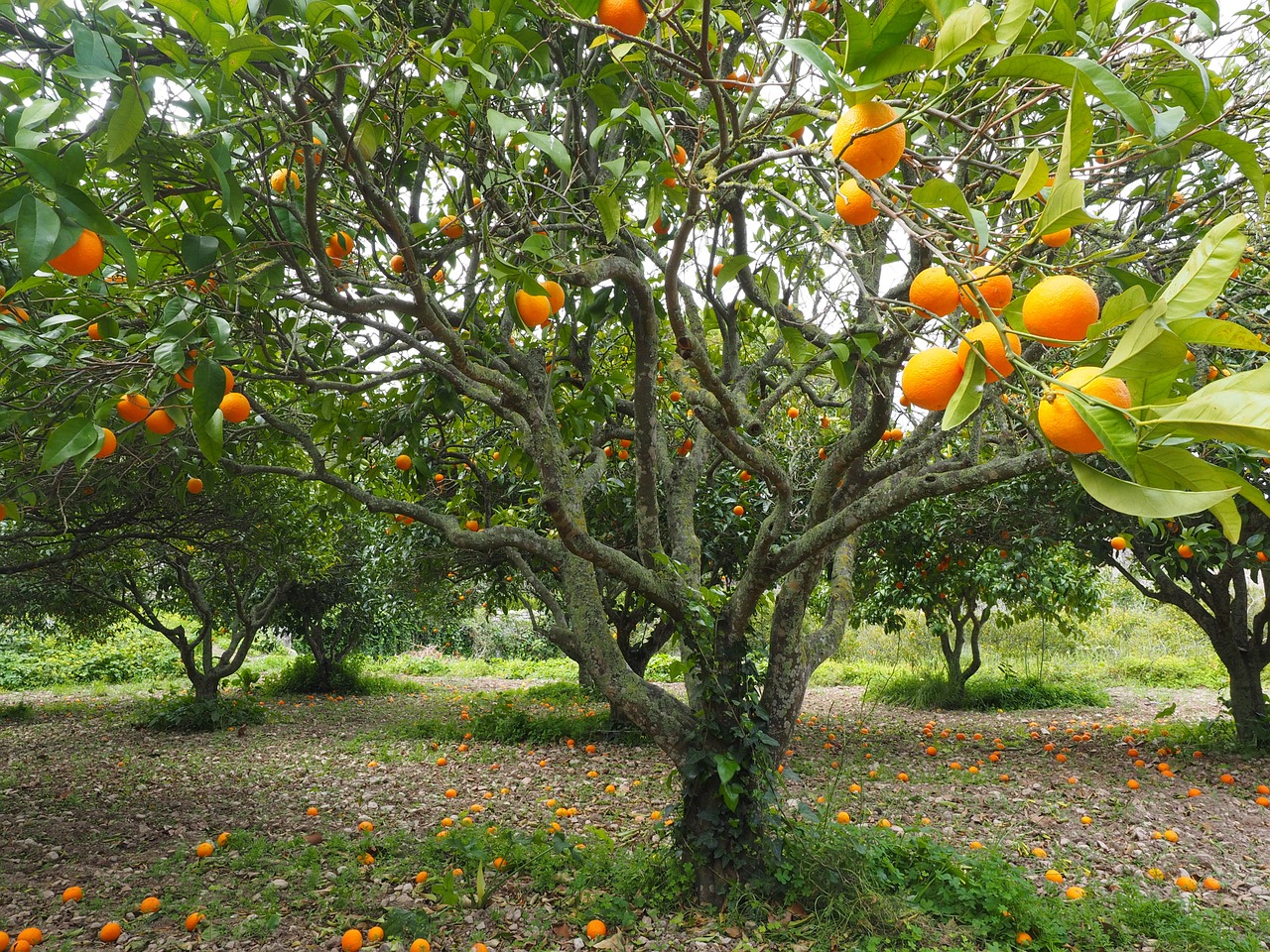There are many incentive programs available for replanting or renovation of new citrus groves in Florida at the moment. Citrus greening, also known as HLB, has done a great deal of damage to Florida’s citrus industry, and the statistic say that 20 million new citrus trees will need to be planted in the next 10 years to get the industry back to pre-HLB levels.
Factors to Consider for New Citrus Groves
Many of Florida’s citrus growers are contemplating what to do in terms of planting new citrus groves. A recent article on Citrus Industry Magazine’s website outlines top considerations for establishing new citrus groves or renovating current groves affected by citrus greening. The areas of consideration are part of strategies put together by Mongi Zekri, a southwest Florida Multi-County Citrus Extension Agent.
Find each consideration, and a selected portion of detail and explanation from the article, below.
- Tree Selection
“It is important to start with high-quality nursery trees purchased from a reputable and registered nursery. A tree that is inferior from the start will not be productive and will result in economic losses. Scion selection will depend on grower’s preference and the predicted economic potential of the variety. Although all commercial scion varieties are susceptible to HLB, some (such as Sugar Belle, Fallglo, Nova, Temple, Triumph and Jackson) are reported to perform better in the presence of the disease.” - Site Preparation And Planting
“When choosing a site, drainage is one important factor to plan for.” - Irrigation
“Irrigation requirements depend on many factors, including rainfall, temperature, time of year and soil characteristics. Proper irrigation scheduling has a direct impact on tree health, fruit quality and yield. Without proper irrigation, trees are more susceptible to nutrient deficiencies, physiological disorders and pests and diseases.” - Nutrition
“Nutrition goes hand in hand with irrigation. Proper nutrition improves tolerance to pests and diseases and ensures the rapid development of the canopy. The optimal fertilizer rate depends on soil type: Soils with high organic matter such as on land that was previously used for pasture or vegetable production will require less fertilizer than soils with low organic matter. Soils should be tested prior to planting to assess proper nutritional needs.” - Organic Amendments
“Amendments — such as compost, humic substances or microbes — often improve soil physicochemical properties, root system architecture, water-use and nutrient-uptake efficiency.” - Pest And Disease Control
“Once trees are in place, special care must be taken to prevent trees from becoming infected not only with the HLB pathogen, but also with citrus canker.”
Griffin Fertilizer is committed to helping both growers and ranchers make sound agronomic and economic decisions in order to maximize the health of their grove and pasture. As a full-service custom dry & liquid fertilizer blender and crop protection product distributor, we will continue our mission to further advance Florida agriculture.
For questions or concerns about your farm or pasture, contact us and one of our team will be in touch.

